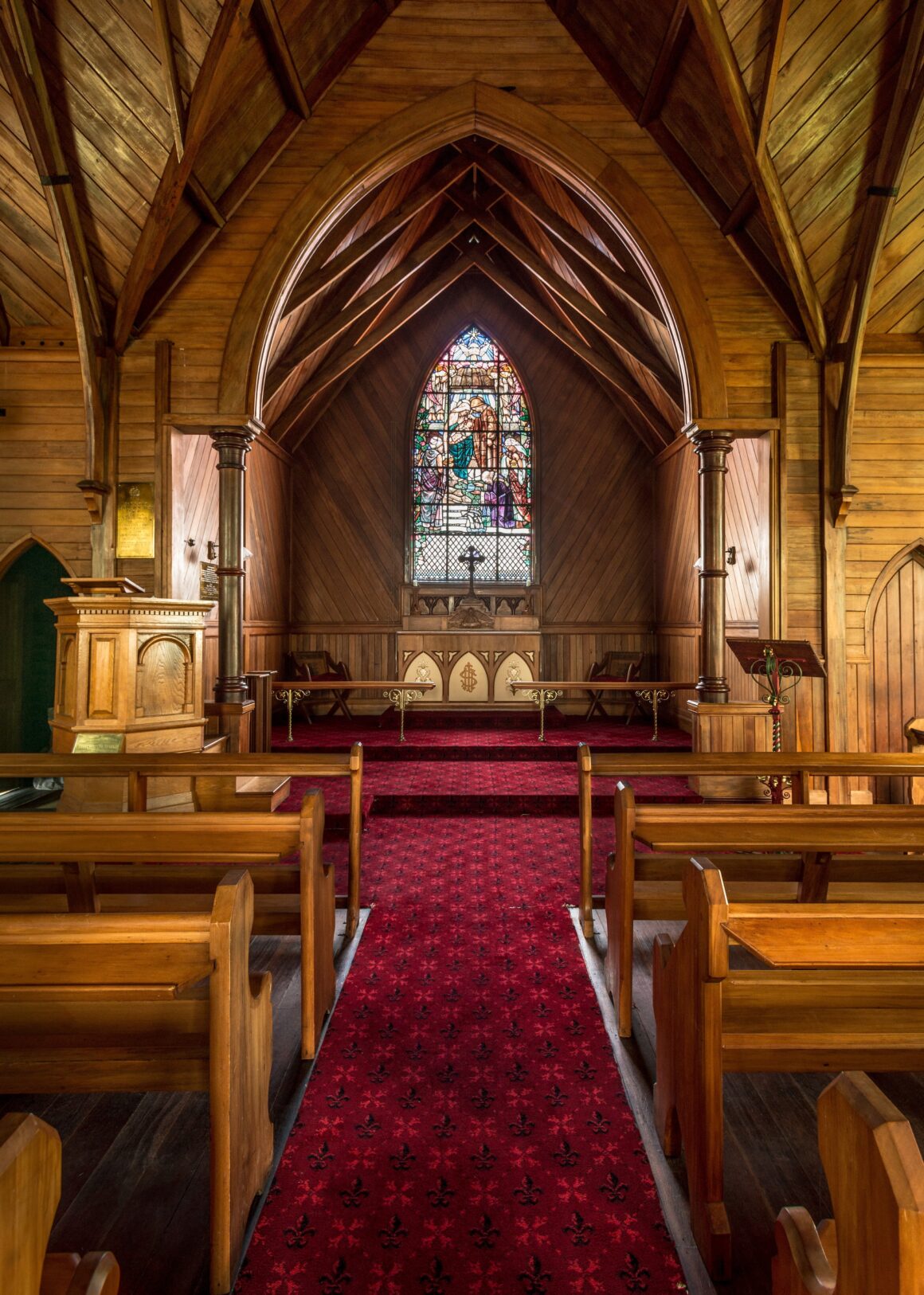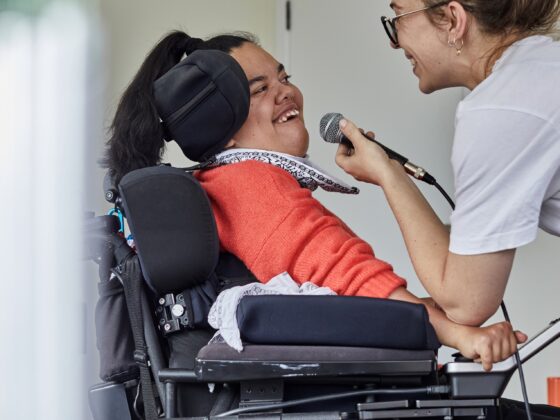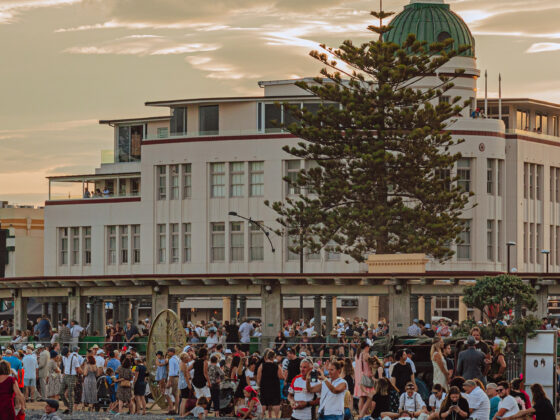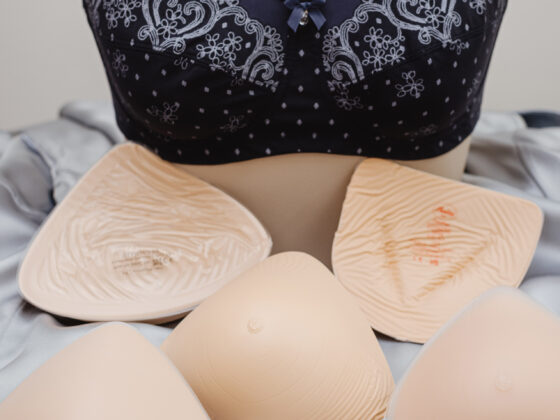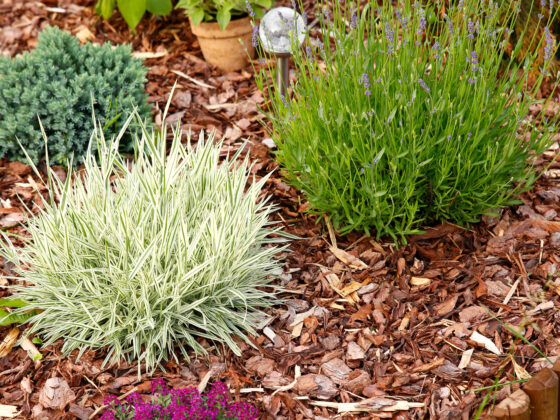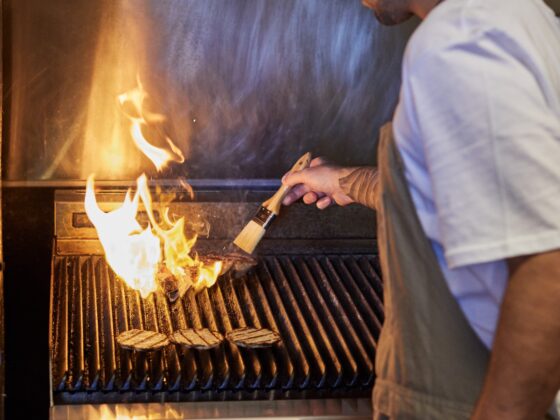On your travels around Hawke’s Bay and the rest of the country, you will come across many small and perfectly formed churches adorning the landscape. Once the heart of every community, these buildings were essential to the physical and emotional wellbeing of the local population. One of these can be seen from the main road near Te Aute, set in picturesque surroundings.
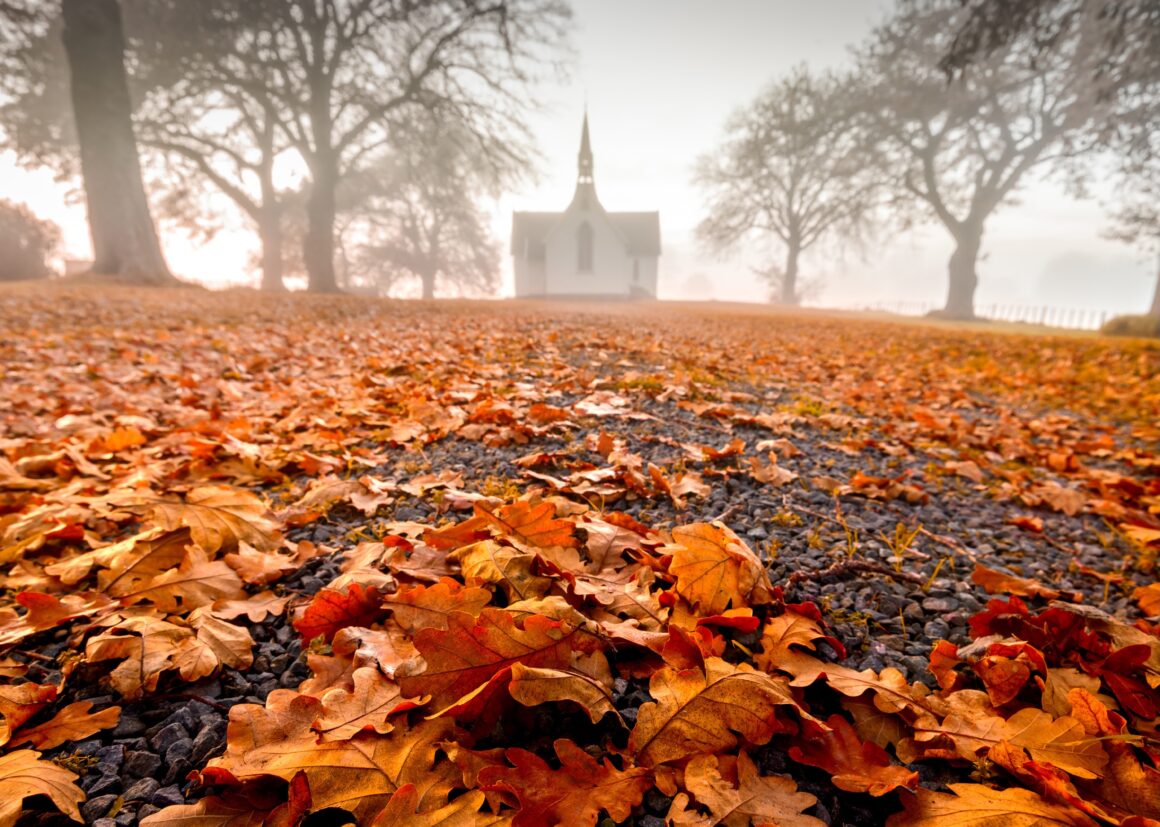
There is a small church, off State Highway 2, in the Pukehou district, just north of Te Aute College. It is the quintessential Anglican-style church, the likes of which can be seen throughout the motu of Aotearoa, and indeed across the entire globe. There is something about this church though, which is particularly eye-catching and memorable. Maybe it is the singular setting glimpsed through the dappled shade of the oaks that surround it, giving it an old world English feel, or maybe it is the striking angular silhouette as the land falls away behind it.
Growing up in Central Hawke’s Bay, I knew of it as ‘Te Aute Church’ along with other landmarks just off SH2 on that stretch of road, such as ‘Te Aute College’ and ‘Te Aute Hotel’. When I decided to find out more about this church, I quickly discovered a rich history.
Its official name is Christ Church, Pukehou and it has the distinction of being the oldest church in Hawke’s Bay. Built in 1859 by missionary Samuel Williams, the closest churches at that time were in Ōtaki to the south and Te Awamutu to the north.
Henry Williams and his wife, Marianne, arrived in New Zealand in 1823 with their three children, at that time the youngest of whom was Samuel, aged one. Henry’s younger brother William Williams and his wife, Jane, also immigrated to New Zealand and joined Henry in 1826.
I met with two of Samuel’s direct descendants at the Pukehou church site on a beautifully sunny day in April 2024, some 200 years later! Great-grandson and greatgreat- granddaughter Hugh McBain and Caroline (Pixie) McBain.
Their family history is extraordinary within the New Zealand context, with hundreds of descendants who have remarkable connections to farmlands and agriculture throughout Aotearoa. The family also have strong connections to the Anglican Church and the establishment of schools for both Māori and Pākehā, including Te Aute College.
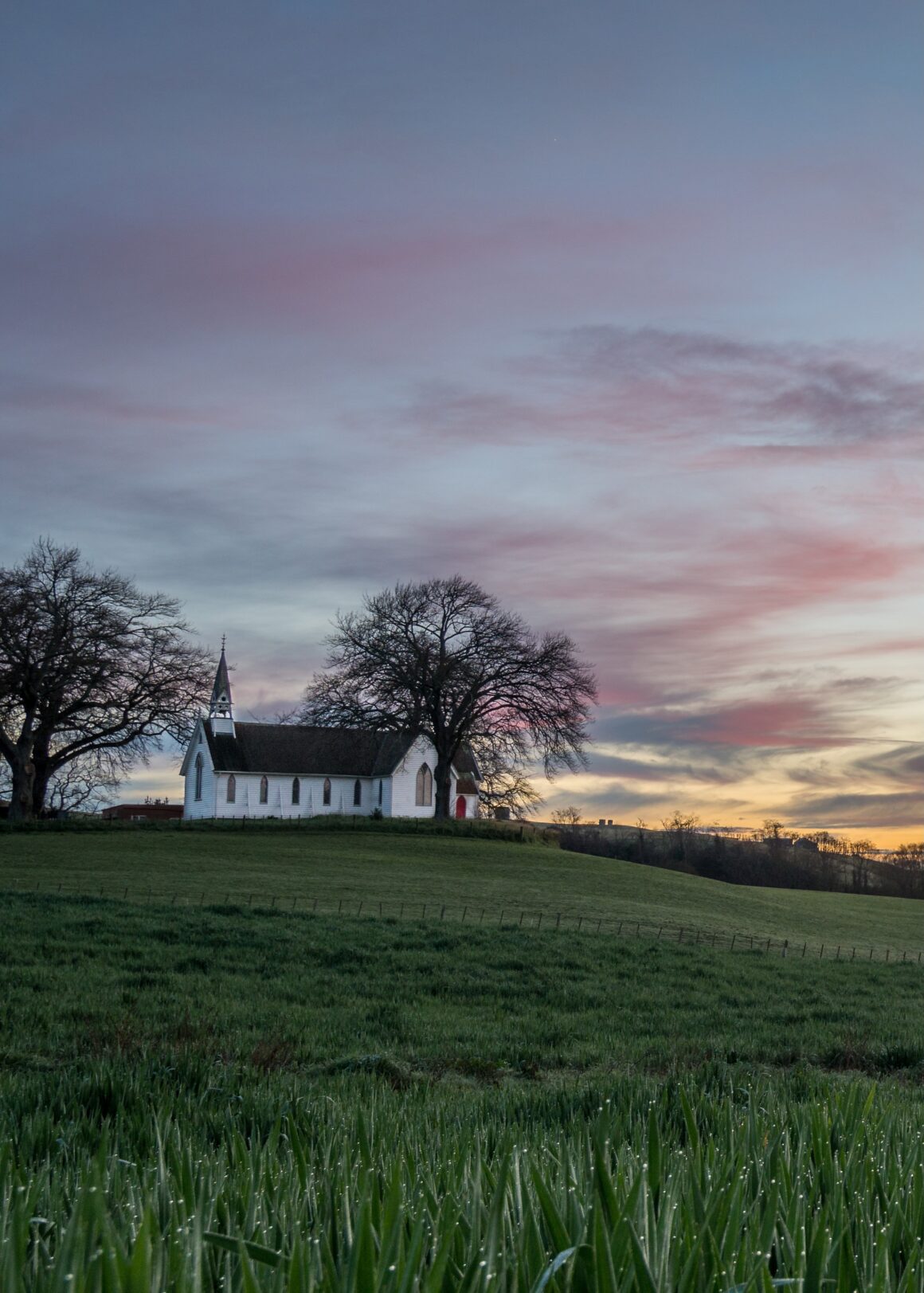
The number of family members who have served in the armed forces, dating back to the Napoleonic wars, is also remarkable. Hugh McBain recently published a book detailing this rich history, aptly titled The Plough, the Chalice and the Sword: Stories of the Williams Family in New Zealand.
Hugh and his daughter, Pixie McBain, are very much part of the Central Hawke’s Bay fabric. It seems to me that Pixie is involved with many things going on in Pukehou, such as the local school and the church committees and other such organisations.
The following details of the history of Christ Church, Pukehou have been provided by Hugh and Pixie McBain.
Christ Church, Pukehou – A Brief History
The original part of Christ Church, Pukehou was constructed in 1859 by Anglican missionary Samuel Williams at his own expense, and was constructed of locally milled native timber, mainly totara. The roof was made of totara shingles.
In 1881, the chancel (the part that contains the altar) was added, and in 1893 the transepts (the wings either side that form the cross) were built and the chancel extended, with the vestry (the little room where the minister’s robes and sacred vessels were kept) moving to its present position. These additions to the church were mainly of rimu construction. The original totara shingles, which lasted for 100 years, were replaced in 1959 with Canadian cedar shingles.
The stained-glass windows are all in the Arts and Crafts style. The east window above the altar was made by John Bonner and the St Michael window on the northern side of the nave was made by Karl Parsons. These were installed after the First World War and both are fine examples of the Arts and Crafts style.
It is very likely that both were made in the Glass House at Fulham, London, which was established by Christopher Whall, the architect and mentor of the British Arts and Crafts Movement. Christopher Whall taught both John Bonner and Karl Parsons.
The window in the north transept was made by James Powell and Sons of Whitefriars, London. The three west windows were renewed in 2001 as part of the restoration.
The oak trees surrounding the church were grown from acorns brought out from England at the time the original church was built. Years later, in 1958, two of the trees were felled and some of the timber was donated for the doors of the new St John’s Cathedral in Napier.
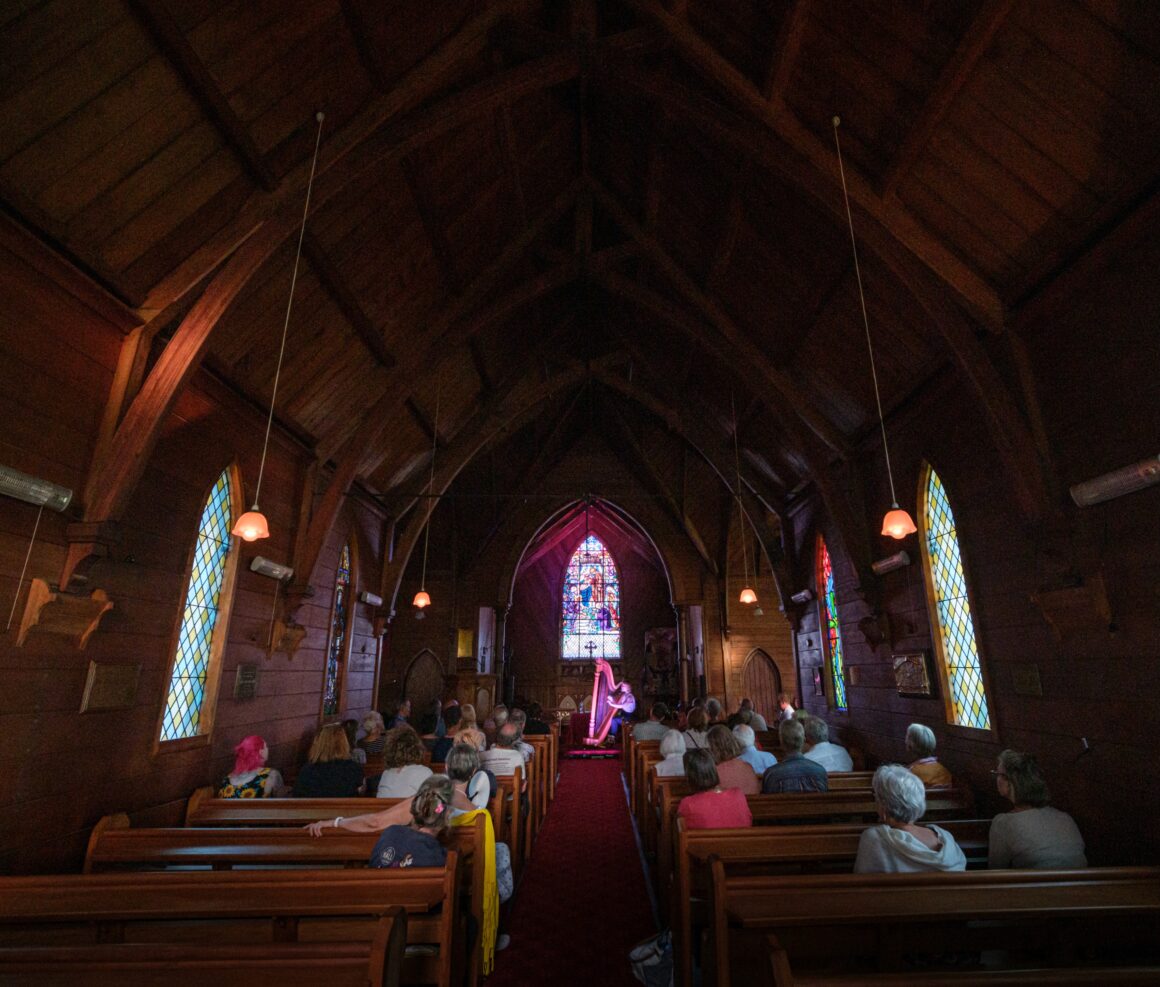
Regular services were attended by local residents and the staff and students of Te Aute College until the college’s own chapel (visible from SH2) was built in 1901. However, the church was still used by the college for many years after that, as shown by the carving of names and dates on the pews, which can still be seen today!
The church was part of the Waipawa parish until 1912, when the Ōtāne parish was formed. In 1983, the Ōtāne parish was divided between Havelock North and Waipawa so Christ Church once again became part of the Waipawa parish.
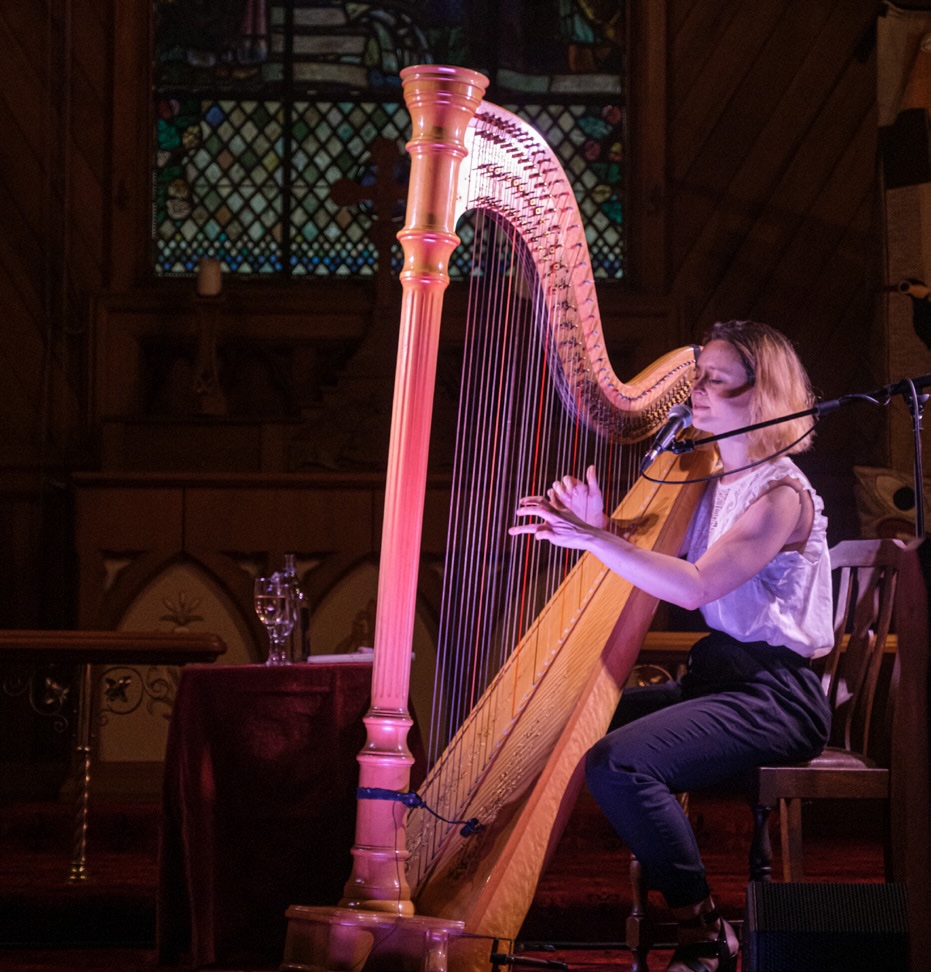
At this point the church was closed for regular worship and handed back to the diocese, and a local committee was formed to look after it. Since that time the committee has endeavoured to maintain the church and to promote its use for the occasional service, wedding and concert.
By 2000 the need for major repairs led to the complete restoration, which was carried out over the next two years at a total cost of $213,000.
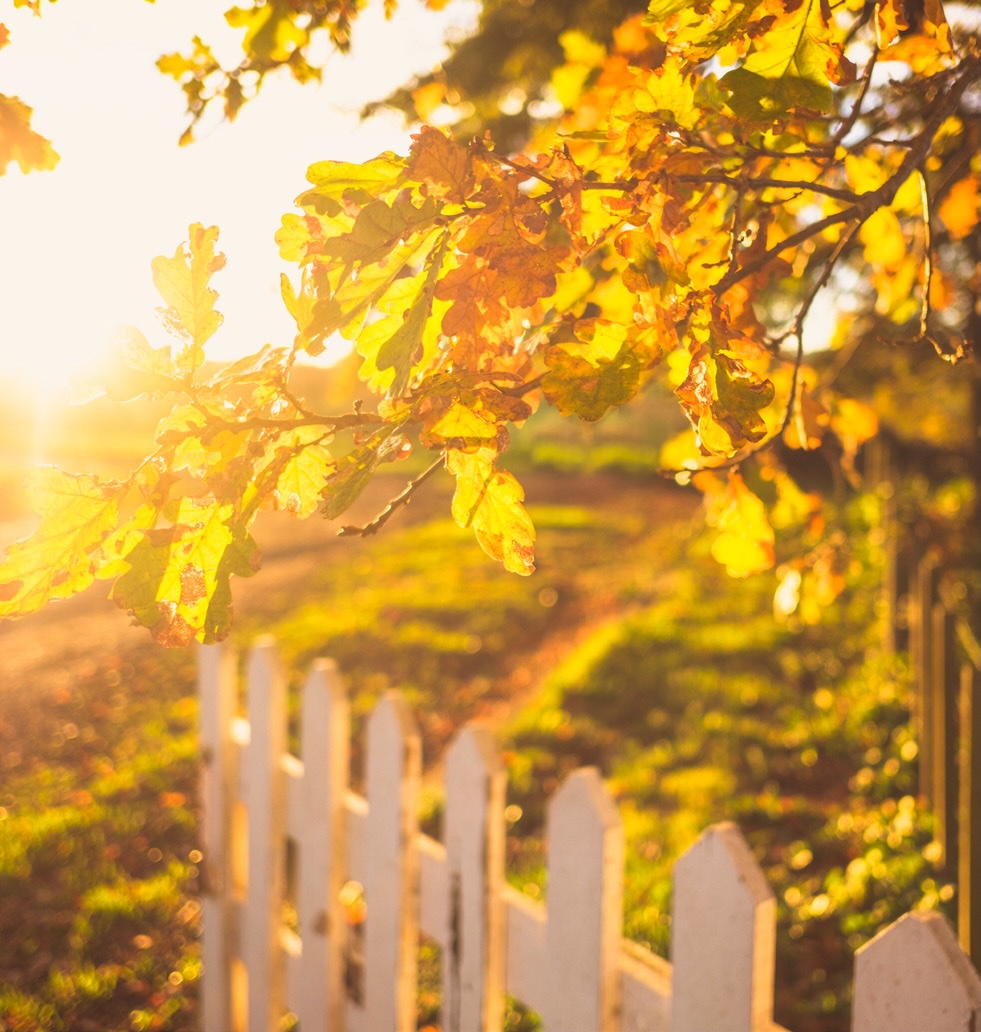
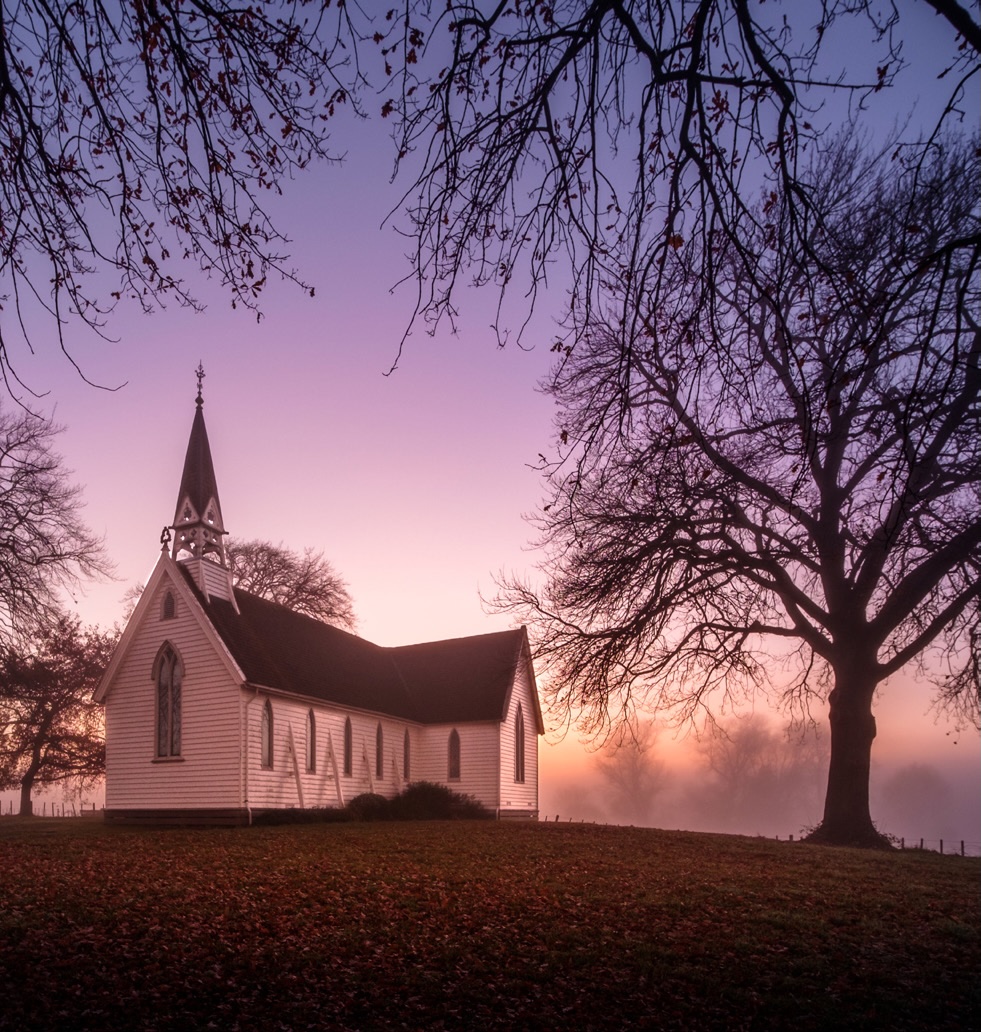
So next time you travel the main road through Pukehou, be sure to take a look at the oldest church in Hawke’s Bay and arguably the most photogenic.

